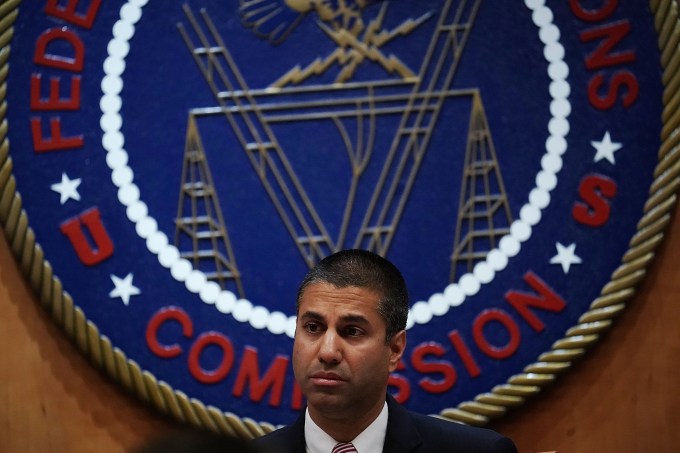With the Forms Email Notifications add-on, you can automatically send emails to anyone each time a user submits your Google Form. You can choose to notify the form owner, the form respondent, your team members or anyone else and the emails are triggered immediately after a form is submitted.
The Google Forms add-on can also send conditional emails to specific people depending on what a user has selected in your Google Form. The body and subject of the email message can be personalized for each recipient with the form answers.
Before we get into the implementation, here are some real-world examples where conditional email notifications can come handy:
Example A: Send Email to Different Departments

This is a tech support form where the customer fills in the product name and their location. With the Google Forms addon, you can create a conditional email that goes out to the iPhone support team when the selected answer is either iPhone or iPad. Another email could go out to the India team when the customer selects India in the country drop-down.
Example 2: Route Emails to Class Teachers

This is a school form where parents are required to give consent. If a parent says “yes”, the class teacher of the student should be emailed and a confirmation email should also go out to the parent’s email address. If the answer is “No”, the email notifications aren’t sent anywhere.
How to Send Conditional Emails with Google Forms
Here’s a step-by-step guide on how to set up notification emails based on the user’s answers in the Google Form.
Go to the Google Forms store and install the Email Notifications add-on. Next, go to forms.google.com and either create a new form or use any of your existing forms. The addon is also compatible with Quiz based forms.
Configure Email Notification for Google Forms
Inside the Google Form editor window, click the add-on icon (it looks like a puzzle), choose Email Notification for Forms > Create Email Notification (you can also set up mobile notifications with IFTTT).
Here, specify the form rule name (say “Inform the Teacher”) but leave the “Email Addresses to Notify” field blank – we need to send emails only when specific conditions are met, else we skip the notification. Click Continue.

On the next screen, click the Visual Email button and create your own rich-text email template. You can also include placeholders for form fields – like – and these will be replaced with the actual values entered by the user. Click Continue
Click the Edit Conditions button and here add one or more conditional statements per rule. In the following screenshot, emails are sent to the parent and jeff@school.com whenever the consent value is “Yes” and the teacher’s name contains either Jeff, Jordon or Mary.
In the Rule #2, emails are sent to the school principal if the parent has chosen “No” as the answer and other rules will be skipped.

That’s it. Save the rule, go to the live Google Form and submit a test entry. If the rules are correctly set up, the emails will be correctly routed to different email addresses and you can find a copy of all the emails that were sent out in your Gmail Sent Items folder.
Check out the video tutorial ? on YouTube and the documentation to know more about the capabilities of the Google Forms Notifications addon.
 From the furore engulfing the FCC this last year you might think that the agency had accomplished little but appalling privacy advocates and dancing for its patrons, the telecoms. But as is often the case, small works were overshadowed by more controversial items. Ajit Pai has released a list of “accomplishments,” such as they are, reminding us both of the FCC’s hard work and… Read More
From the furore engulfing the FCC this last year you might think that the agency had accomplished little but appalling privacy advocates and dancing for its patrons, the telecoms. But as is often the case, small works were overshadowed by more controversial items. Ajit Pai has released a list of “accomplishments,” such as they are, reminding us both of the FCC’s hard work and… Read More








 At least one Facebook employee has been interviewed by special counsel Robert Mueller as part of his investigation into potential Russian interference with the 2016 election, reports Wired. But don’t put on your conspiracy hats just yet.
At least one Facebook employee has been interviewed by special counsel Robert Mueller as part of his investigation into potential Russian interference with the 2016 election, reports Wired. But don’t put on your conspiracy hats just yet. 
 The prevalence of so-called fake news is far worse than we imagined even a few months ago. Just last week, Twitter admitted there were more than 50,000 Russian bots trying to confuse American voters ahead of the 2016 presidential election. It isn’t just elections that should concern us, though. So argues Jonathon Morgan, the cofounder and CEO of New Knowledge, a…
The prevalence of so-called fake news is far worse than we imagined even a few months ago. Just last week, Twitter admitted there were more than 50,000 Russian bots trying to confuse American voters ahead of the 2016 presidential election. It isn’t just elections that should concern us, though. So argues Jonathon Morgan, the cofounder and CEO of New Knowledge, a… 

 Facebook Live is launching monetization for video gameplay streamers, allowing users to tip creators a minimum of $3 via the desktop site. Right now, the contributor of the tips doesn’t get any special call-out or privileges, though Facebook tells me it’s considering different options for creators and gamers. For instance, it could have a special emoji Reaction float across the…
Facebook Live is launching monetization for video gameplay streamers, allowing users to tip creators a minimum of $3 via the desktop site. Right now, the contributor of the tips doesn’t get any special call-out or privileges, though Facebook tells me it’s considering different options for creators and gamers. For instance, it could have a special emoji Reaction float across the…